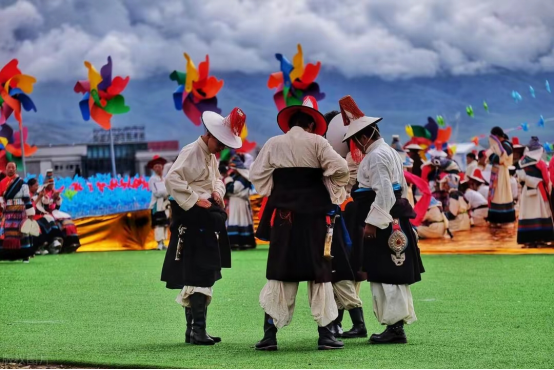In the ethnic composition of Chinese traditional costumes, the Tibetan nationality is an indispensable part. Tibetan clothing has a long history. A fat waist, long sleeves, and a large front are the typical structures of Tibetan clothing. The leather robes and lined robes in pastoral areas, the brocade robes of officials and nobles, and the clothing of monks in religious festivals all have this characteristic. The “Duitong” (short coat) in Lhasa, Shigatse, Shannan and other regions also has this characteristic. As for the “Guxiu” in Gongbu area, its basic structure is similar to the robe-style clothing with a fat waist and a large front. It’s just that its structure is simpler than that of robes. This kind of clothing not only omits the sleeves, but also combines the front of the lapel and the front body.
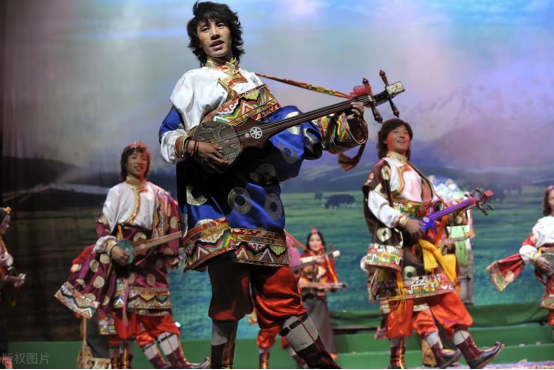
The Tibetan Robe is Also Known as “Chuba”
The soul of Tibetan clothing is the Tibetan robe. In Tibetan, the Tibetan robe is called “Chuba”, which means sacred and noble. For both men and women, the core of the Tibetan robe’s shape is a long robe. Due to the influence of the natural regional environment, each Tibetan robe has its uniqueness. This is the charm of the Tibetan robe: serving people and being influenced by heaven and earth.
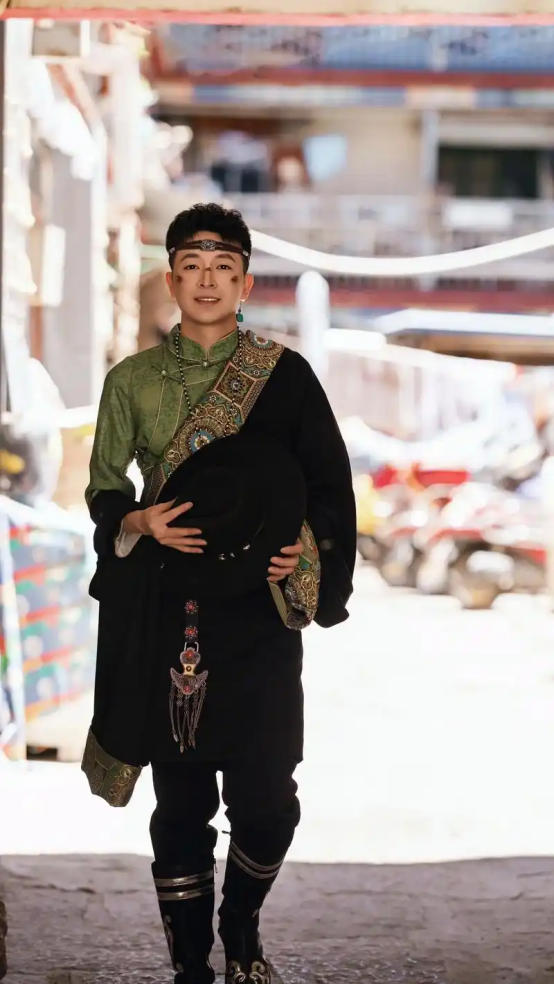
Men’s Tibetan Robe
The overall style of men’s Tibetan robes in Tibet is vigorous and tall, just like the snow-capped mountains on the plateau, overlooking the peaks. The Tibetan costumes in different Tibetan areas are all different.
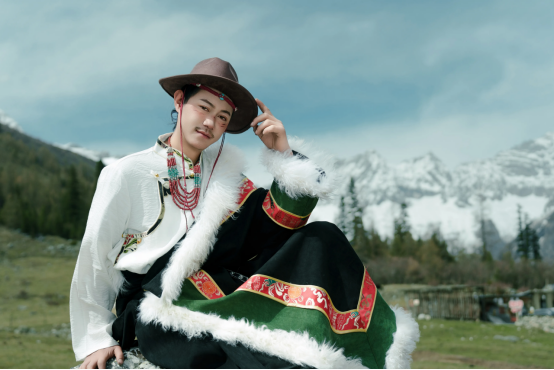
Men’s Tibetan Robes in Pastoral Areas
In pastoral areas such as Ando and Khampa, due to the large temperature difference between day and night, the Tibetan robes here have a relatively wide front. They are paired with thick and easy-to-remove pants. When wearing them, the right arm is usually left with space for limb stretching, which is convenient for labor and body temperature adjustment.
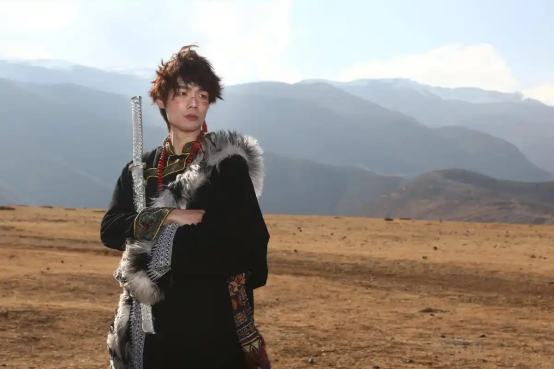
Tibetan Robes in Farming Areas
In farming areas, Tibetan robes are relatively less cumbersome, focusing on lightness and fit. The sleeves are of moderate length, and the waist is often tightly tied with a silk ribbon, showing a capable style. On some celebration occasions, Khampa men often wear a “Duitong” long shirt with a brocade lining, a wide Tibetan robe edged with otter fur, and a red tassel “Suoxia” hat, exuding a powerful and domineering atmosphere.
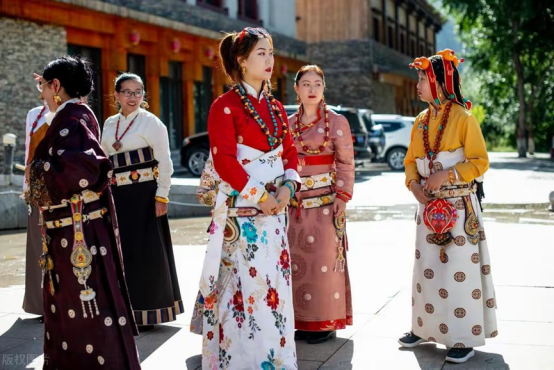
Women’s Tibetan Robe
The main style of women’s Tibetan robes is like the tenacious flowers on the plateau, with colorful colors and decorations. Women in farming areas particularly love the sleeveless long robe “Bangdian”. The “Bangdian” around the waist becomes the finishing touch of the clothing, symbolizing the auspicious rainbow. Women in pastoral areas wear “Pumei” long robes, with a standing collar and long-sleeved shirt inside and a gorgeous sleeveless robe outside. They tie a colorful silk ribbon around the waist. Women in Ando area are characterized by width and thickness, often inlaid with luxurious fur, and matched with a variety of silver ornaments and jewels, showing the heroism of the nomadic people.
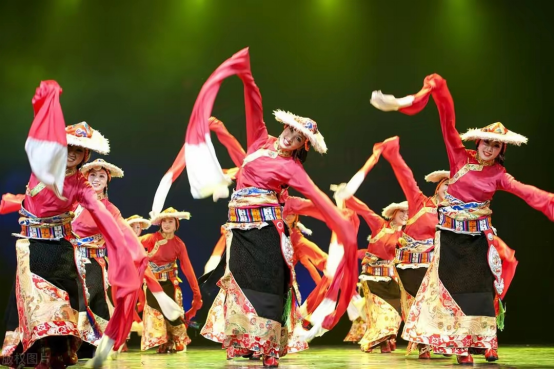
Tibetan clothing has sheltered generations of Tibetan children on this snowy plateau, telling the sacred national beliefs and regional styles of the Tibetan people. Tibetan clothing wraps the body and also wraps the Tibetan people’s understanding of the world and life. It will always be a cultural flag that never fades on the plateau.

